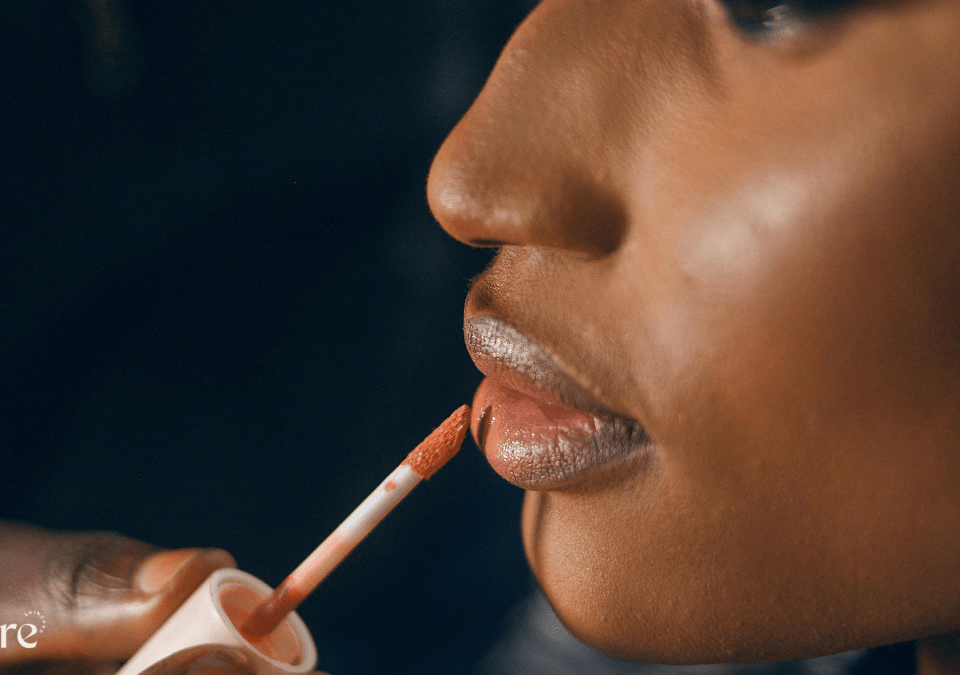A myeloma skin rash can be an early sign of multiple myeloma, appearing as red patches, nodules, or lesions. Unlike typical rashes, these skin changes persist and may spread. Early-stage multiple myeloma rash pictures show distinct patterns, often on the legs or trunk. If you notice unusual skin symptoms alongside fatigue, bone pain, or infections, consult a doctor. Myeloma-related rashes require prompt diagnosis for effective treatment.
Understanding Myeloma Skin Rash: Symptoms, Pictures, and Early Signs
Multiple myeloma, a cancer of plasma cells in the bone marrow, might not be the first condition you’d associate with skin changes. However, many patients are surprised to learn that myeloma skin rash can be one of the earliest visible signs of this disease. In early-stage skin myeloma, these rashes often get mistaken for common skin issues, appearing as unusual red or purple patches, firm skin nodules, or even ulcerated lesions that don’t heal normally. What makes them different is their persistence and how they sometimes cluster in specific areas like the trunk or legs.
If you’ve been searching through multiple myeloma skin rash pictures trying to understand if your symptoms match, or asking yourself “Can multiple myeloma really cause skin rashes?”, you’re not alone. This guide will walk you through the multiple myeloma skin symptoms to watch for, explain how they differ from similar-looking conditions (including those shown in myeloma skin cancer pictures), and help you recognize when it’s time to seek medical evaluation. We’ll also discuss why these skin changes occur and what diagnostic steps doctors typically take when myeloma is suspected.
The key thing to remember? While skin symptoms alone don’t necessarily mean myeloma, they can be important clues when combined with other signs like bone pain or fatigue. Let’s explore what you need to know about these potentially significant skin changes.
What Does a Myeloma Skin Rash Look Like?
Unlike typical rashes caused by allergies or infections, a myeloma-related skin rash in the early stages can look quite different. If you examine early-stage multiple myeloma rash pictures, you’ll notice some distinct features that set them apart from common skin irritations.
Some of the most common signs include:
- Red or purple patches – These often resemble bruising but appear without injury.
- Raised nodules or bumps – Known as multiple myeloma skin nodules, these firm growths may feel tender.
- Itchy or painful lesions – Unlike eczema, these don’t always respond to steroid creams.
- Rash on legs, arms, or trunk – The rash may spread rather than stay in one spot.
The key difference? Most rashes fade with treatment, but myeloma-related skin changes tend to persist or worsen over time. If you notice unusual skin symptoms that don’t improve, it’s worth discussing with a doctor—especially if you have other myeloma risk factors.

Is It Myeloma or Something Else?
Skin changes in myeloma can mimic other conditions, such as:
- Lymphoma-related rashes
- Leukemia cutis (a rare skin manifestation of blood cancers)
- Amyloidosis (a condition where abnormal proteins build up in tissues)
If you see multiple myeloma rash on legs or unusual skin growths, consult a hematologist. A biopsy may be needed to confirm if it’s related to myeloma.
7 Key Signs of Multiple Myeloma (Including Skin Symptoms)
While a rash alone doesn’t confirm myeloma, combined with other symptoms, it may indicate progression. The 7 signs of multiple myeloma include:
- Fatigue (due to anemia)
- Bone pain (especially in the back or ribs)
- Frequent infections (weakened immune system)
- Kidney problems (high calcium levels)
- Unexplained weight loss
- Numbness or weakness (nerve damage)
- Skin lesions or rashes (due to plasma cell infiltration)
If you have multiple myeloma skin symptoms along with these signs, early diagnosis is crucial.
My Personal Experience with Myeloma Skin Rash
In my years working with cancer patients, I’ve encountered several cases where myeloma skin symptoms were initially misdiagnosed. One particularly memorable case involved a patient who had been treating what they thought was stubborn eczema on their legs for months. Despite using various creams and ointments, their persistent rash only worsened, developing into raised, purplish patches. When they finally came to our clinic, we immediately recognized these weren’t typical skin changes. A biopsy confirmed our suspicions – it was actually early-stage skin myeloma manifesting through cutaneous symptoms.
This experience drove home an important lesson: unexplained skin changes that don’t respond to treatment need proper medical investigation. What’s particularly concerning is how often these symptoms get dismissed as common dermatological issues. I’ve since made it a practice to carefully document any patient’s skin changes that coincide with other myeloma risk factors like bone pain or fatigue. If you notice a persistent, unusual rash – especially if it’s accompanied by other symptoms – insist on thorough testing. Simple blood work or imaging could make all the difference in catching myeloma early when it’s most treatable. Never hesitate to advocate for your health when something doesn’t seem right.

FAQ’s
1. Can multiple myeloma cause skin rashes?
Yes, myeloma can lead to skin rashes due to abnormal plasma cells infiltrating the skin or secondary conditions like amyloidosis.
2. What does multiple myeloma look like on the skin?
It may appear as purple/red patches, nodules, or lesions. Multiple myeloma skin cancer pictures often show firm, raised bumps.
3. What does a cancer-related rash look like?
Unlike allergic rashes, cancer-related rashes are often non-itchy, persistent, and may spread. Early-stage multiple myeloma rash pictures can help identify these signs.
4. Are myeloma skin nodules common?
They’re rare but possible. Multiple myeloma skin nodules usually indicate advanced disease.
5. How is a myeloma rash diagnosed?
A dermatologist or hematologist may perform a skin biopsy and blood tests to confirm myeloma involvement.
Conclusion
A myeloma skin rash isn’t always the first symptom, but it can be a crucial clue. If you notice unusual skin changes—especially multiple myeloma rash on legs or skin nodules—seek medical advice promptly. Early detection improves treatment outcomes.
For more details, check multiple myeloma skin rash pictures or consult a specialist. Stay informed, and don’t ignore persistent skin symptoms!
Read More Article Here:




